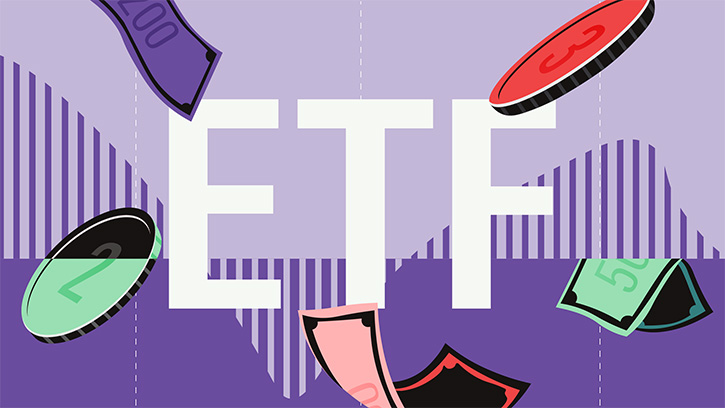The term ETF (Exchange-Traded Fund) is generally used as an umbrella term to refer to a range of different exchange-traded products. But in fact, ETF refers to a specific product type within a wider range of investment products. The correct umbrella term for all of these products is ETP (Exchange-Traded Products).
ETPs encompass:
- ETFs (Exchange-Traded Funds)
- ETCs (Exchange-Traded Commodities/Currencies)
- ETNs (Exchange-Traded Notes)
That’s enough acronyms to make your head spin! But this article will explain everything as simply as possible.

ETPs (Exchange-Traded Products)
Exchange-Traded Products are best defined as open-ended investments listed on exchanges and traded like stocks. They are investments that aim to replicate the performance of a given market, whether that market be in currencies, commodities, debt or equity.
ETFs (Exchange-Traded Funds)
Exchange-Traded Funds track market indices, such as equity and fixed-income indices. They are UCITS III compliant, which means they abide by certain rules in order to be marketed to the general European public.
ETFs represent about 90% of the overall ETP market in terms of total assets under management.
(For a more comprehensive ETF definition, read “What is an ETF?” To learn about different ETF categories, read “ETFs: Active vs. Passive & Physical vs. Synthetic”)
ETCs (Exchange-Traded Commodities/Currencies)
Exchange-Traded Commodities are similar to ETFs; however they track the performance of commodities markets, either using a physical/spot approach or futures contracts. They are fully collateralised, meaning that counterparty risk is hedged out. The main difference between ETFs and ETCs is that the latter are debt securities instead of funds.
Exchange-Traded Currencies are also secured debt securities and they give investors exposure to foreign exchange rates.
ETCs are not UCITS III compliant, which means they cannot be marketed across different national borders within the EU.
ETNs (Exchange-Traded Notes)
Exchange-Traded Notes are generally senior, unsecured, unsubordinated debt issued by a single bank and listed on the exchange. They are not asset-backed. The underwriting bank agrees to pay an index return, minus fees upon maturity. Therefore by buying this product, investors get direct exposure to the credit risk of the underwriting party.
There are two types of ETNs: collateralised and uncollateralised notes. Collateralised ETNs are hedged partly or fully against counterparty risk whereas uncollateralised ETNs are fully exposed to counterparty risk. Investors should therefore make sure they fully understand the underlying risk of the ETN before investing.
For more advanced information about ETFs and ETPs, read "What is the Difference between an ETF and an ETP?" and "The Difference Between an ETF and an ETP: Part II."




























